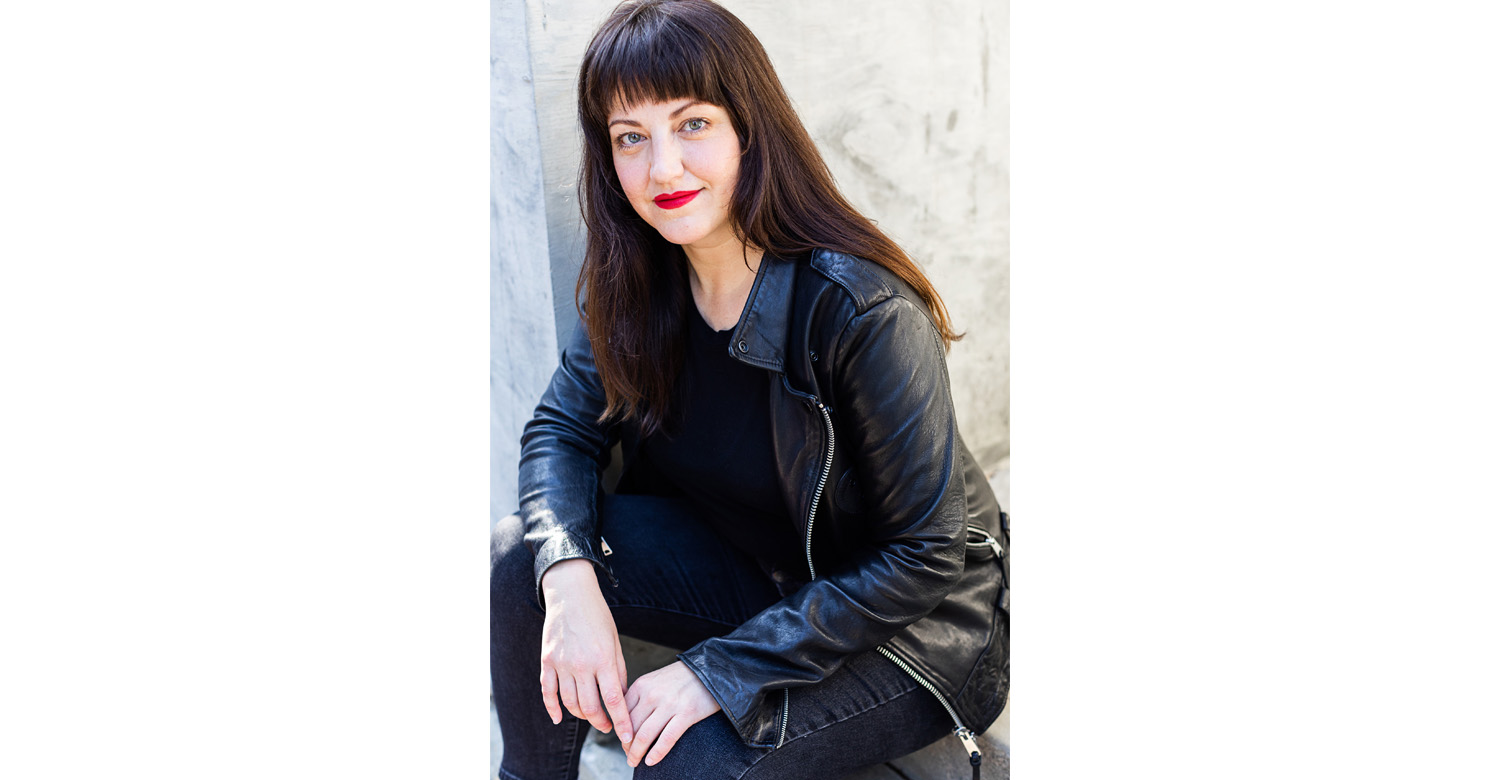Kathryn Burns Continues to Advocate for Hollywood Choreographers as President of the New Choreographers Guild
Flip between channels or streaming services long enough, and you’re bound to come across the choreography of Kathryn Burns. Most known for her work on the musical comedy series “Crazy Ex-Girlfriend,” Burns’ TV credits include “Key & Peele,” “The Morning Show,” “The Simpsons,” “The Afterparty,” “Dancing with the Stars” and many more—plus music videos, movies and stage productions, including the recent new musical A Wicked Soul in Cherry Hill, at the Geffen Playhouse.
While Burns’ resumé tells the story of an extensive choreographic career, you don’t always know you’re watching her work when you see it. That’s because choreographers working in television and movies often don’t receive appropriate credit—not to mention proper protection and payment—as they are usually the only non-unionized creative leads on set. Burns is working to change that as president of the Choreographers Guild, which she recently launched with a group of industry choreographers.
What was the impetus for forming the Choreographers Guild?
Choreographers that work in TV, film, commercials, music videos and live tours don’t have a collective-bargaining agreement. In the ‘30s, we were a part of the Directors Guild of America—we used to be dance directors, which really makes sense. Now, when somebody thinks of choreographers, they just think about it as steps. But when you’re making this dance scene happen, you might be casting it, talking about shots with the director, reading through the script. It’s a lot of work. And because we haven’t been unionized, there’s no health care, no pension, no base minimum, no protections. There’s been a group of people working on this across the decades—there were significant efforts in the ‘90s. I got involved five years ago with the Choreographers Alliance, where we were working closely with SAG-AFTRA trying to get a contract together. That’s where we met Steve Sidawi, who has been volunteering his time leading this.
During the pandemic, I was like, “Let’s go on the Clubhouse app,” because I realized that there’s such a hole in what people know. Hundreds of choreographers came, and we’ve been talking ever since. We officially formed the Guild several months ago, and there’s so much legal work and strategy that has to go into it. It’s more like a grassroots political campaign, if you think about how it needs to grow.
What has your role been so far?
I think I’ve just been the stubborn one. I saw the rates declining—choreographers for major network TV shows are getting paid less than the dancers. The entertainment industry really needs a lot of education about how vital choreographers are, because right now it’s feeling like we’re invisible. They have no idea of all the things we do behind the scenes to just make a shootable dance scene.
Have you seen any shifts in the industry since launching the Guild?
A union or guild in its most simple form is us talking to each other. “What did you get?” “What was your rate?” “What were your hours?” “How did they treat you?” I had a conversation with someone who works in Atlanta, and she was like, “You get paid for casting?” I was like, “Yes, of course. I’m on my computer for days trying to cast it, and that isn’t free work.” So that is already impactful, so we’re not on these islands by ourselves.
What are some of your goals for the Guild?
The simple goal is that choreographers can show up and not have to use their bargaining power for basic working minimums that all our creative peers already have. They can use their bargaining power to work on their rate, or increase their credit. The amount of times I’ve done big jobs—Oscar-winning jobs—and I didn’t make the screen. When I choreographed a whole number; minutes of the film. Everyone else is listed—wig styling, catering, drivers—but somehow, choreographers are left out.




